The state of Michigan, also known as the Great Lakes State, is home to four of North America’s Great Lakes: Lake Erie, Lake Huron, Lake Michigan, and Lake Superior. Michigan is split into two peninsulas, the iconic mitten-shaped Lower Peninsular and the arm-shaped Upper Peninsula. The Lower Peninsula is the most populated and home to the city of Detroit. But head north across the Mackinac Bridge and you’ll explore a whole other side of Michigan.
Michigan is home to five National Park Service Sites, including Isle Royale, one of the United States’ protected National Parks. In addition to Isle Royale, Sleeping Bear Dunes, Pictured Rocks, Keweenaw and River Raisin are four of Michigan’s other sites, all of which are just waiting to be explored. So, check out this guide to National Parks in Michigan for details on where to go, when to visit and things to do in the Great Lakes State.
Also read: 21 Landmarks In Michigan
Contents
A Guide To National Parks In Michigan
Michigan National Parks – Upper Peninsula
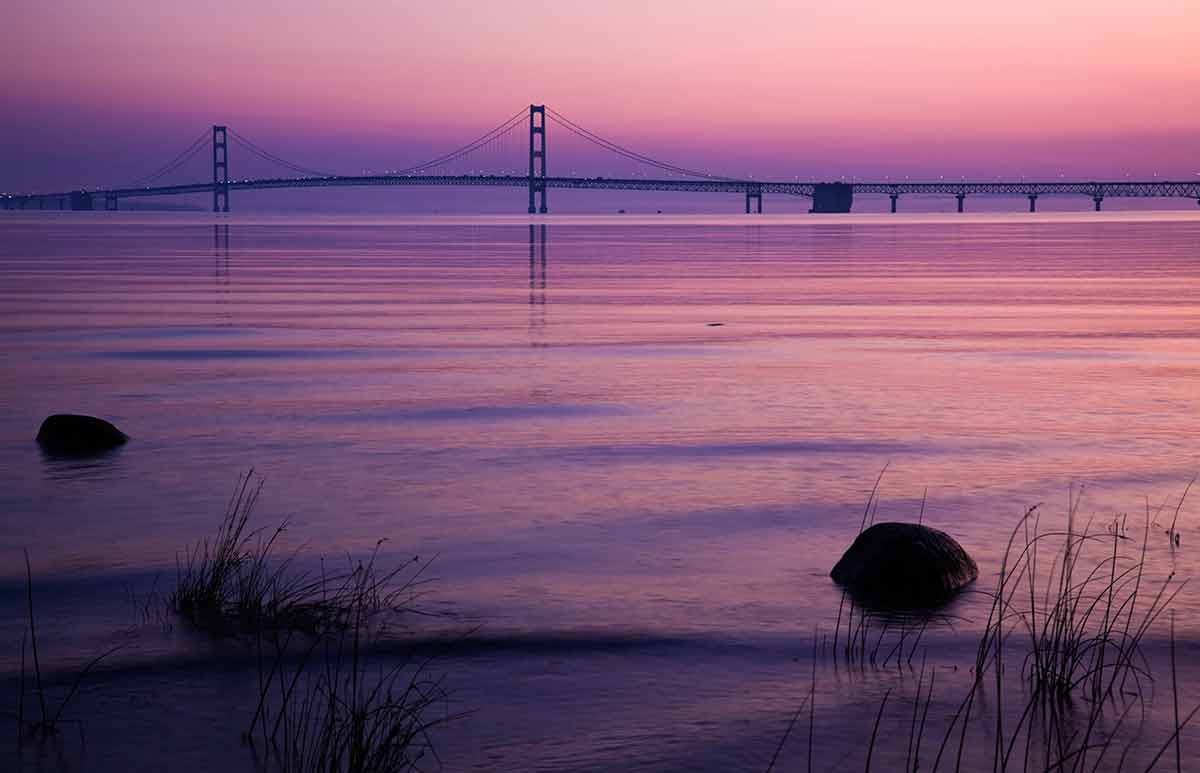
1- Isle Royale National Park
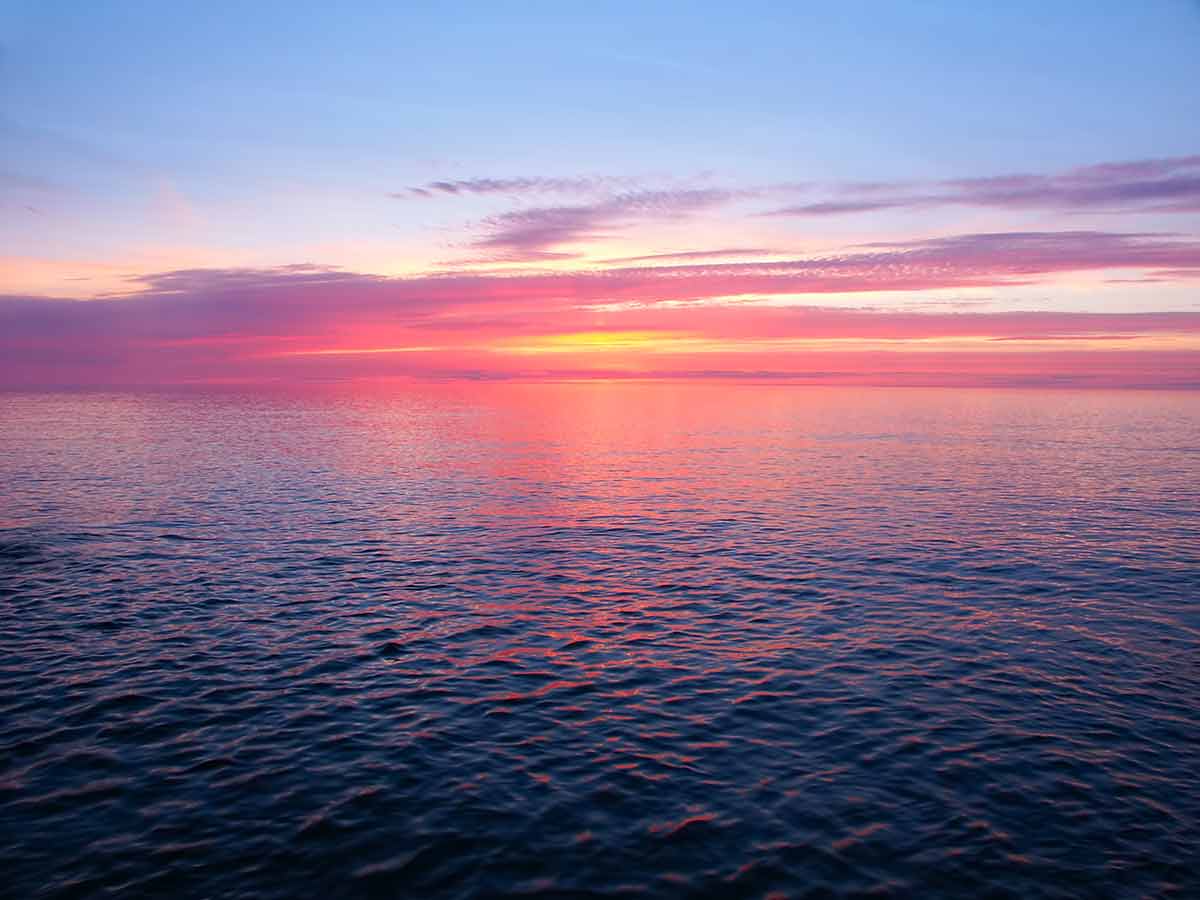
With its nickname being the Great Lake State, it’s no surprise that one of the most well-known of Michigan’s National Parks is located on Lake Superior.
The Isle Royale National Park is an island cluster consisting of one main island and more than 450 smaller islands.
This wild set of lake archipelago is defined by the largest island Isle Royale.
At 45 miles (72 km) long and 9 miles (15 km) wide, there are 165 miles (265 km) of hiking trails to explore in the National Park.
This Michigan National Park is the perfect rugged wilderness escape covered in thick forest where 99% of the park’s land is designated wilderness.
One of the most popular things about Isle Royale is how quiet it is.
No cars are allowed on the island, it’s footprints only!
The park also only receives around 18,200 visitors a year, making it the least visited of all the US National Parks.
Nothing could possibly sound better to me!
In the past decade, the popularity of America’s national parks has increased dramatically, with many parks leaving you questioning whether you are actually able to enjoy nature.
Yellowstone National Park had a whopping 4.86 million visitors in 2021 (during a pandemic).
If you are looking for a rugged, back-to-nature experience, then Isle Royale is a fantastic National Park to explore.
Getting There
Isle Royale National Park can be accessed from either Minnesota or Michigan.
If you are travelling from Michigan, there are a couple of modes of transport you can take from two places.
Option 1: From Houghton via Ferry or Seaplane
Houghton is a city located on the Keweenaw Peninsula where you can take the ferry, seaplane or charter a private boat to get across to Isle Royale.
The Ranger III ferry departs from Park’s Mainland Headquarters, located at 800 E. Lakeshore Drive, Houghton.
The ferry departs at 9 am (eastern time), costs $70 one way and takes six hours to arrive at Rock Harbor, Isle Royale.
Alternatively, you can take the seaplane, which will get you there a lot quicker and offers expansive aerial views of the national park.
The Isle Royale Seaplanes depart from Hancock Portage Canal Seaplane Base at 47150 US Highway 41 and take just 40 minutes.
A one-way journey from Hancock to Rock Harbor costs $250 or $360 for a roundtrip.
Option 2: From Copper Harbor via Ferry
Head past Houghton along Highway 41 and you’ll reach Copper Harbor at the tip of the Keweenaw Peninsula, where you can take the Isle Royale Queen IV ferry that takes just 3 ½ hours to reach Rock Harbor.
Tickets cost $150 for adults, $115 for children for a roundtrip ticket and the ferry departs at 8 am (eastern time), except that there is no ferry running on Wednesday.
Isle Royale Queen IV is at 14 Waterfront Landing, Copper Harbor.
Things To Do
- Isle Royale is a hiker’s paradise, with 27 trails
- Discover the ruins of the Wendigo Mining Company
- Visit the Rock Harbor Lighthouse
- See the island’s wildlife – moose, beaver wolves, fox, loons, and a diverse range of birdlife.
- Explore the other islands by canoe or kayak
- Be lucky enough to catch the northern lights
- Go scuba diving to explore Lake Superior’s shipwrecks (9 in total)
Where to Stay
Accommodation on the island is limited to those run by the Rock Harbor Lodge.
As well as 36 campgrounds, there are three lodge options to choose from.
The Lakeside Lodge Rooms price at $260 per night (double occupancy), the Cottages at $252 and the Windigo Camper Cabins are $55 a night.
The Windigo Camper Cabins are located right at the other end of Isle Royale, and remember, you don’t have your car, so you’ll have to hike, canoe or kayak; you aren’t even allowed to bicycle.
Park Fees
It costs $7 a person a day to explore Isle Royale National Park. This fee needs to be paid on the day you arrive and the remainder on the day you leave.
Best Time To Visit
Isle Royale National Park is only open between 16 April and 31 October, making it one of the few national parks in America to close over winter.
If you want to catch a glimpse of the Northern Lights, then head to Isle Royale in late autumn, close to the park’s closure date or right when the park opens.
These dates give you extended periods of darkness, allowing more opportunities to see the lights.
July and August are the busiest months, so to avoid the crowds, visiting in June and the beginning of autumn is ideal.
2- Pictured Rocks National Lakeshore
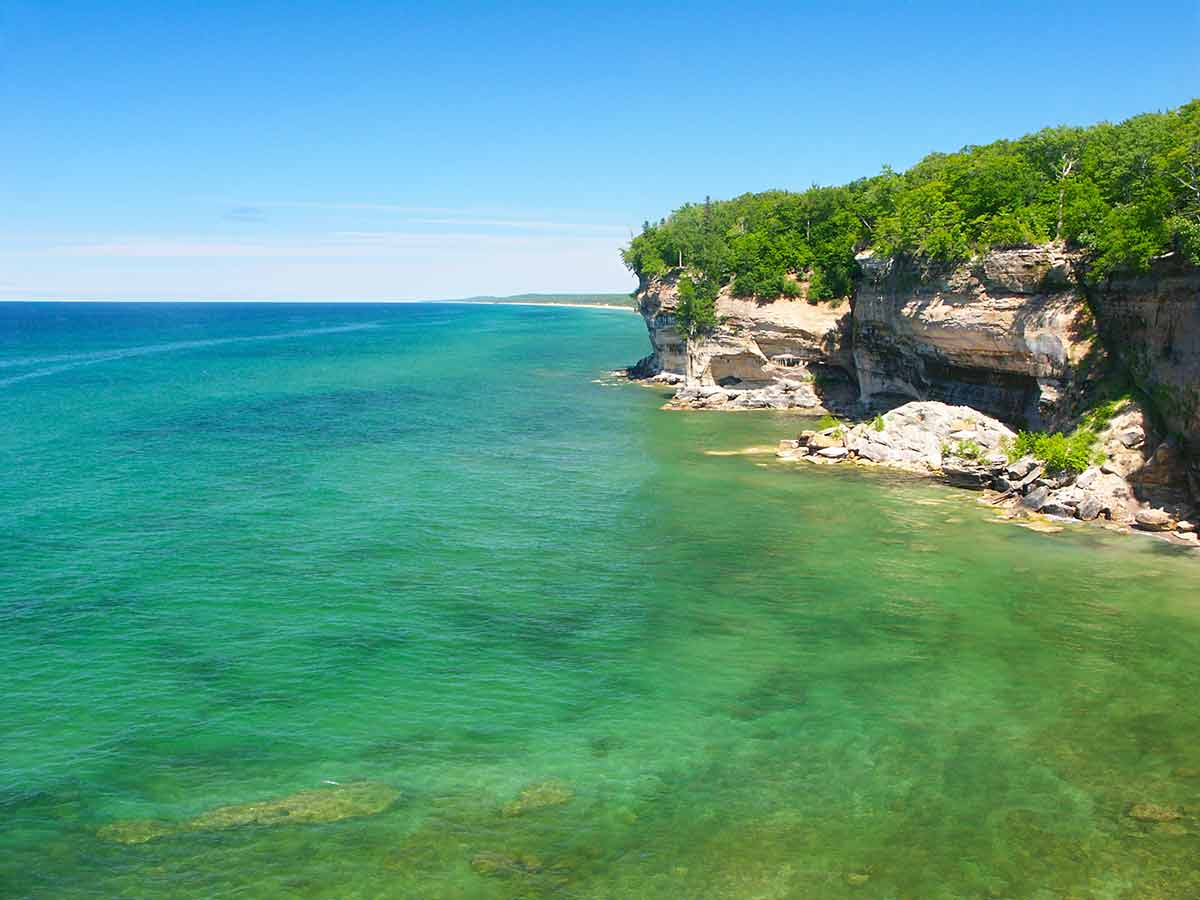
Pictured Rocks National Lakeshore was America’s first-ever National Lakeshore and has some of the best coastlines in Michigan.
At Pictured Rocks, you’ll be able to explore a pristine coastline and gorgeous golden beaches on Lake Superior backed by sandstone cliffs and woodlands.
Things To Do
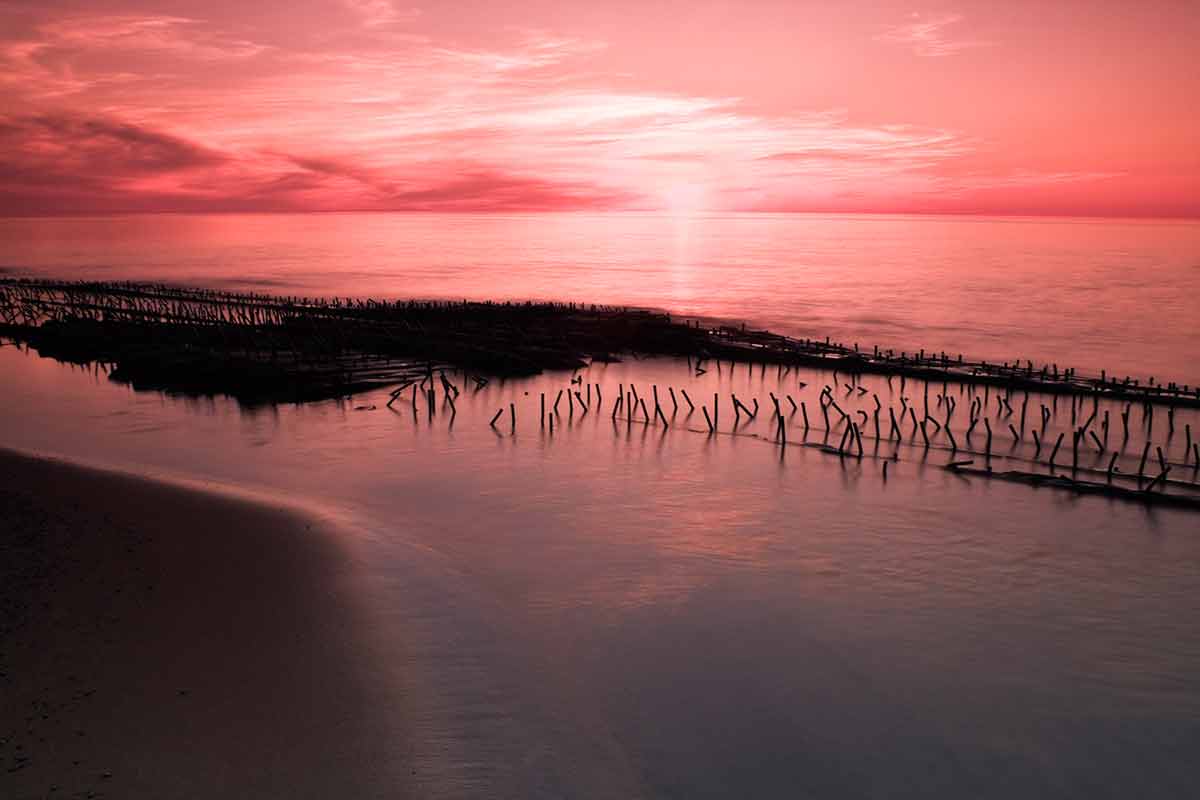
- Visit Whitefish Point Lighthouse and Au Sable Light Station
- Explore waterfalls: Munising Falls, Miners Falls and Tahquamenon Falls
- Head to Miners Castle for incredible views of the limestone coastline
- Take a boat trip to see the beautiful coastline
- Kayak through arches and get up close to the Pictured Rocks
Where to Stay
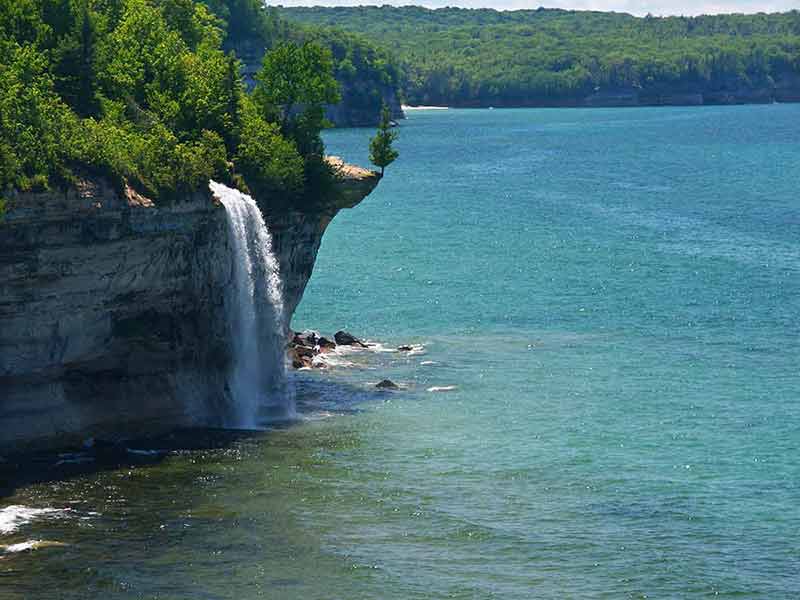
Munising is a small city in Michigan near Pictured Rocks with several places to stay, including hotels, motels and bed and breakfasts.
If you are looking to camp, there are three options: the Twelvemile Beach Campground, Hurricane River Campground and Little Beaver Lake Campground.
Park Fees
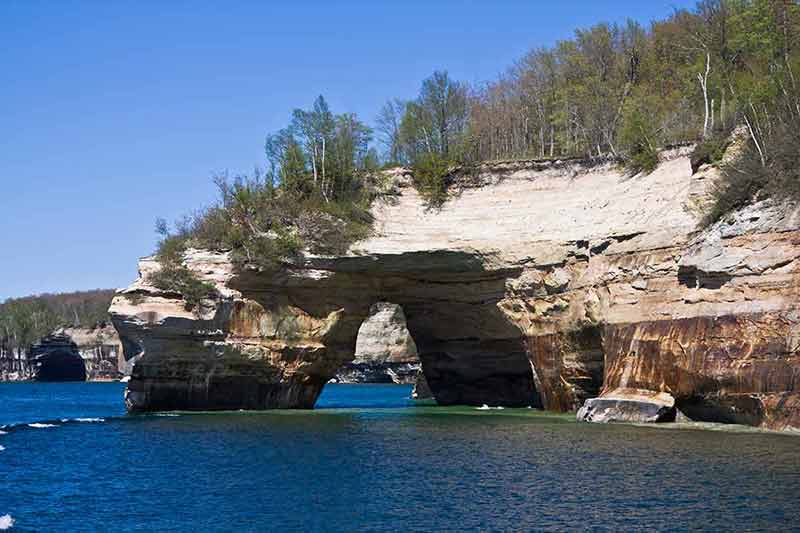
There are entrance fees to Pictured Rocks National Lakeshore; a vehicle pass for cars or motorcycles costs $10, while entrance on foot or by bicycle is $5.
Best Time to Visit
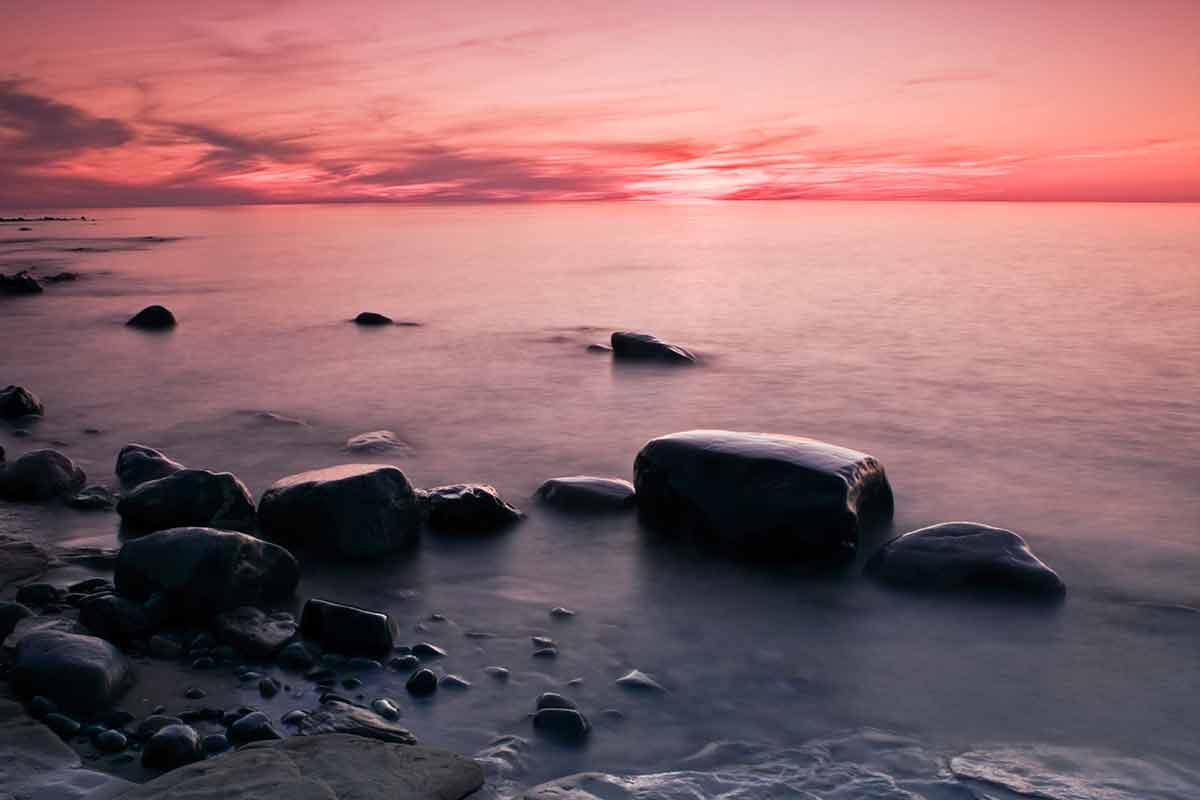
Pictured Rocks National Lakeshore is open year-round, but many roads in the area are closed during winter due to the heavy snow.
Visiting in Spring will see the addition of beautiful wildflowers to add a splash of colour to the shoreline.
Summer provides excellent weather for time spent at the lakeshore.
Of course, you can’t beat autumn in this part of the United States, so September to mid-November is another good time to visit.
3- Keweenaw National Historic Park
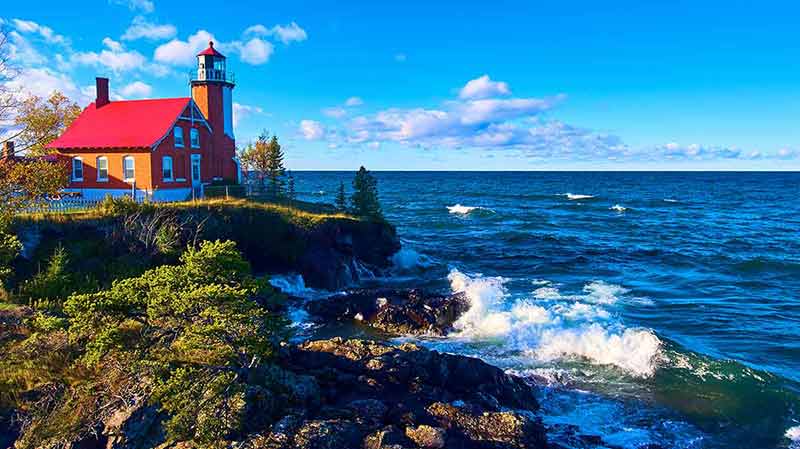
You will find the Keweenaw National Historic Park outside of Houghton on Michigan’s Upper Peninsula.
The park consists of 20 smaller heritage sites that all commemorate the mining heritage of the Keweenaw Peninsula area and provide insights into the history of the region.
Things To Do
- Visit the Keweenaw County Historical Society at Central Mine
- See the Eagle Harbor Lighthouse
- Fort Wilkins Historic State Park
- Visit the Laurium Manor Mansion to see where the wealthy mine owners lived
- Explore the Hanka Homestead to learn more about Finnish explorers
Where to Stay
There are a plethora of accommodation places along the Keweenaw Peninsula.
Fresh Coast Cabins in Eagle Harbor offers adorable red log cabins overlooking Lake Superior. This is the perfect rural retreat with a pit fire outside and a comfy interior looking out onto trees and the shoreline.
The Keweenaw Adventure Chalet is also a great choice, especially if you are going as part of a bigger group. This chalet sleeps five and has excellent winter special rate prices.
Park Fees
It is free to visit Keweenaw National Historic Park.
Best Time to Visit
Keweenaw National Historic Park is on the Upper Peninsula.
The best time to visit this part of Michigan is during summer.
July and August are two of the best months, while June and September are also good as it’s a bit cooler and there aren’t as many people.
Visiting in winter is also possible, but the temperatures are freezing (think Chicago winter temperatures on steroids).
Michigan National Parks – Lower Peninsula
4- Sleeping Bear Dunes National Lakeshore
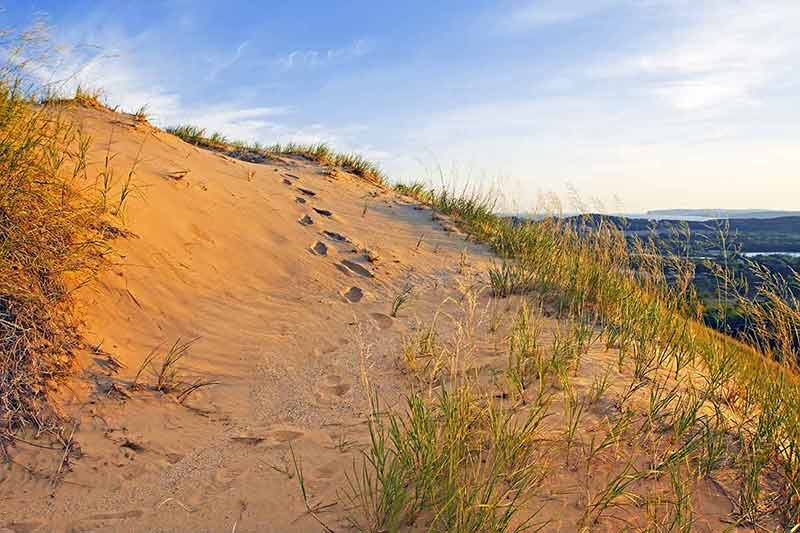
The dunes of this National Lakeshore were shaped thousands of years ago by glaciers.
These grand and impressive dunes are on Michigan’s mitten-shaped Lower Peninsular on the northwest coast.
Sleeping Bear Dunes National Lakeshore covers a 34-mile (56km) stretch of the Lake Michigan coastline.
It also includes the North and South Manitou Islands, which are great to explore when visiting the Sleeping Bear Dunes.
Good Morning America awarded the Sleeping Bear Dunes the “Most Beautiful Place in America” title in 2011.
The area is diverse, with many trails through the forest to explore, beaches and a 19th-century lighthouse.
Climb the dunes, hike through Maple Forest, admire the impressive vistas and walk along the Sleeping Bear Heritage Trail.
Things To Do
- Enjoy some of the 13 hiking trails
- Visit the nearby islands, which includes a visit to the lighthouse, beaches, and shipwrecks
- Climb the dunes
- Go snowshoeing or cross-country skiing (yes, I’m serious)
- Wine tastings
Where to Stay
There are many resorts in the Sleeping Bear Dunes area, with Bayshore Resort being one of the most popular.
The Park Palace Hotel and Conference Center is also a good accommodation option in Traverse City, around 28 miles (45 km) east of the dunes.
Alternatively, if you want a more affordable outdoorsy option, you can camp at one of the many campgrounds in the area.
Platte River Campground is open all year round and has options for camping and RV.
The DH Day Campground is also a good option as it’s close to the Pierce Stocking Scenic Drive route and the dunes.
Park Fees
The fee to enter Sleeping Bear Dunes is $25 for a private vehicle, $20 for motorcycles and $15 if you’re on foot or on a bike and is valid up to seven days from the date of purchase.
Best Time to Visit
If you want to enjoy the traditional sandy dunes, then heading to Sleeping Bear is advisable during summer, between May and August, when you can enjoy the sandy dunes and swim in Lake Michigan.
Temperatures during this time are anywhere between 13C and 23C.
This time of year is busy and if you hope to avoid the crowds, visiting during September and October is good too, even though the area does experience a fair amount of rainfall.
If you want to camp, be mindful that some camping spots, such as the DH Day Campground, are only open from April to November.
Do not be deterred from visiting the dunes during winter, as Sleeping Bear Dunes doubles as a ski resort, and there are several snowy trails to explore.
The Sleeping Bear Heritage Trail is groomed and well maintained for a great day of cross-country skiing.
5- River Raisin National Battlefield Park
The Battle of the River Raisin was a series of battles that took place in Michigan during the War of 1812.
Fighters from Kentucky attacked Frenchtown (now known as Monroe) to gain supplies.
By January 1813, the troops from Kentucky had won and taken over the area, but all was not lost as four days later, the British troops supported by Native American allies forced the Kentucky troops out.
Things To Do
- Walk around the battlefields
- Explore all eight miles of the River Raisin Heritage Trail
Where to Stay
There are numerous hotels, especially chain hotels, that you can stay at in Monroe or in Detroit and drive 40 miles (64 km) south to visit the River Raisin National Battlefield Park as a day trip.
Park Fees
There are no fees to enter River Raisin.
Best Time to Visit
The grounds at River Raisin National Battlefield Park are open all year round from 10 am and to 5 pm every day.
If you love exploring national parks, you might like to read:
- Wyoming National Parks Guide
- Nevada National Parks Guide
- Michigan National Parks Guide
- 5 Maine National Parks
- New Hampshire National Parks Guide
- 25 National Parks in Canada
- 17 National Parks in Argentina
- Tasmania National Parks
- 20 National Parks in Mexico
- 18 New Mexico National Parks
- 18 National Parks in Massachusetts
- 17 Colorado National Parks
- 4 Indiana National Parks
- 5 Nebraska National Parks
- 30 Virginia National Parks
- 9 New Jersey National Parks
- 8 National Parks in Arkansas
- 8 Alaska National Parks
- 13 Tennessee National Parks
- 6 National Parks in Louisiana
- 5 Illinois National Parks
- 7 National Parks in Oklahoma
- 7 National Parks in South Dakota
- 12 Alabama National Parks
- 5 North Dakota National Parks
- 8 National Parks in West Virginia
- 20 National Parks in Arizona
- 11 National Parks In Florida
- 8 Hawaii National Parks
- 6 National Parks In Idaho
- Texas National Parks Guide
- 9 California National Parks
- 11 National Parks In Georgia
- 7 National Parks In Missouri
- 5 National Parks in Minnesota
- 7 National Parks In Kentucky
- 8 National Parks In Montana
- 15 National Parks In Washington State
- 8 South Carolina National Parks
- 12 North Carolina National Parks
- 4 Wisconsin National Parks
- 20 National Parks In India
- 11 Oregon National Parks
- 5 Connecticut National Parks
- 27 National Parks In New York State
- 4 Iowa National Parks
- Yosemite National Park
- Zion National Park
- 21 National Parks in Pennsylvania
- 9 National Parks in Mississippi
- 5 National Parks in Rhode Island
- 9 National Parks in Taiwan
- 20 East Coast National Parks
- Guide To Winter in Yellowstone National Park
Plan Your Trip

Rent A Car – Find the best car rental rates at Discover Cars. They compare car hire companies to provide you with the best deal right now.

Find A Hotel – If you’re curious about this article and are looking for somewhere to stay, take a look at these amazing hotels.